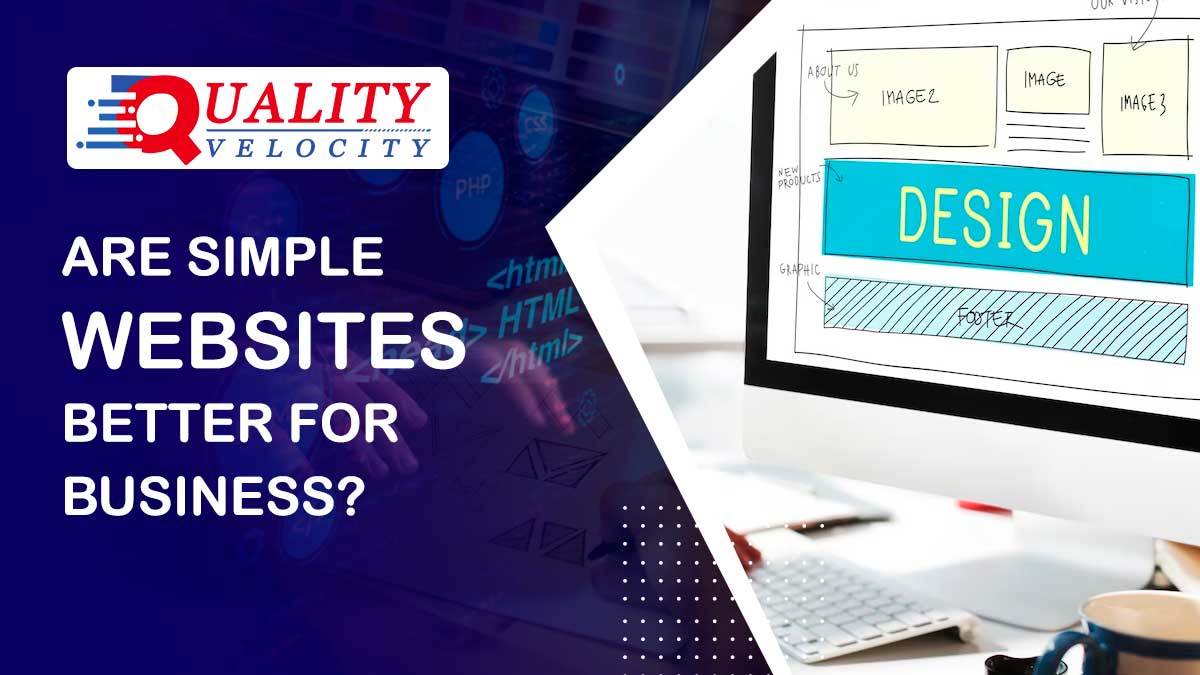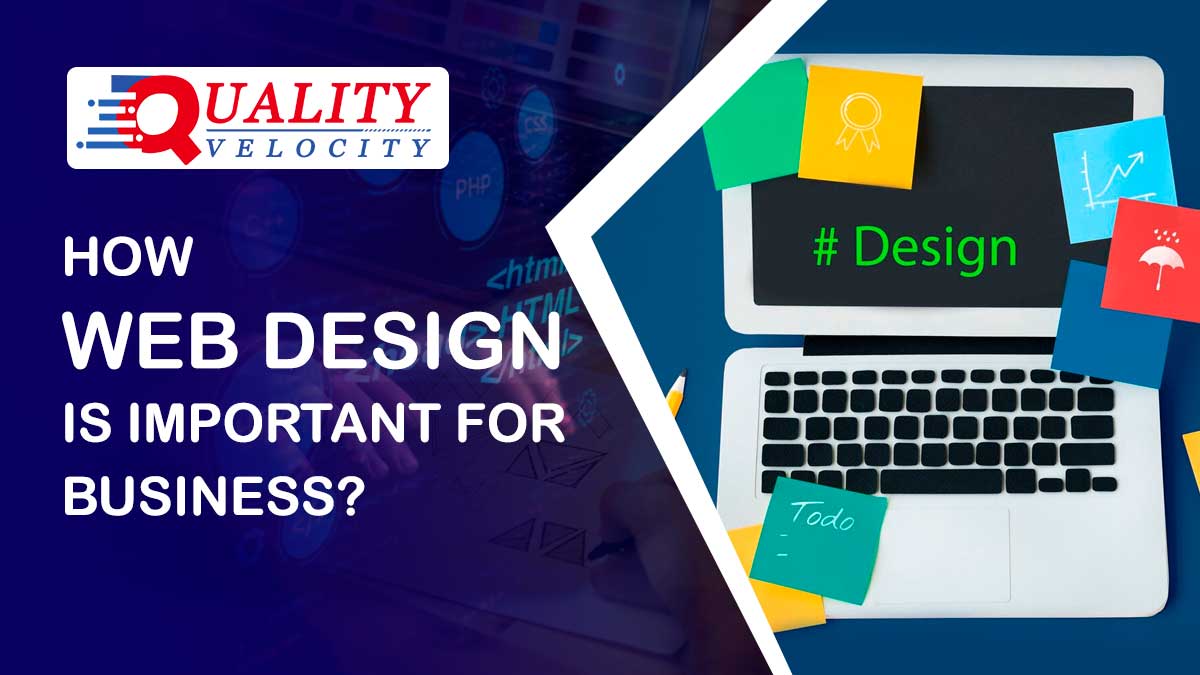UX Design is how you apply powerful storytelling to design a memorable product experience for your users. This 8-step UX design process will help you gain insight into a better design and improve your UX practices.
Although UX design has come a long way recently, the field is still finding its footing in the ever-evolving digital landscape. Even with every new trend that claims to change the way we see design experiences, there is always more to learn about the UX design process in order to better serve the target audience.
The first stage in the UX design process is to comprehend the expectations of the user. By comprehending users' psychology and applying UX design best practises, you may provide them with a beneficial and enjoyable experience.
This post defines UX design (UXD) and offers a step-by-step explanation on the UX design process so that you may create an amazing user experience.
What is UX Design?
By making a product more usable, accessible, and enjoyable to interact with, user experience design (UXD or UED) increases user satisfaction with the product.
Creating a user experience that satisfies consumer expectations is the organization's purpose, not the responsibility of a single individual or group.
Superior user experience design is crucial for both exhibiting and marketing your digital space, as well as for gaining the trust of clients. Combining top-notch user experience design, content, and the ability to handle consumers' problems can help create the perfect brand positioning.
How can UX Design help improve your business?
The importance of UX design is clearly demonstrated by key commercial indicators. User experience (UX) designers use a strategic approach while developing new goods or services, with the goal of giving users relevant and meaningful experiences. Throughout the entire decision-making process, they keep the customer journey in mind and prioritise the user experience, placing greater focus on the functional aspects of the product or service than
We now recognize how closely connected the digital revolution is to many parts of our world. In addition, to create the complete consumer experience, a range of experiences—from digital to physical to human—must coexist. How does UX design affect your business? UX design is one of the important stages of product development. We'll see.
1. Improves user engagement
A strong UX design will assist you in attracting new clients. It will increase your rate of new customer acquisition and aid in keeping them. This gives you a big edge over the competition when it comes to drawing in recurring business. You have just three seconds to draw in viewers. Utilize it to your advantage.
2. Increases conversion rate
When you design with your target audience in mind, you are designing for them. This is essential for raising your conversion rate and helping you comprehend your target market more fully. It is usually easier for users to explore your website or app if it has a clean, simple design. Verify that the right resources are being allocated to the right places.
3. Reduces bounce rate
Once your software or website satisfies consumer needs, it will stay up. Users detest apps that have bugs and are hard to use. Make sure your button placement, font selection, typography, and colour schemes don't confuse or impair your clients' ability to make judgements.
What is the UX Design Process?
The User Experience (UX) design process involves a series of steps that aim to create a seamless and user-centered digital experience for users interacting with a product, website, or application. Here are the typical 8 steps of the UX design process:
1. Research and Discovery:
- Understand the target audience, their needs, goals, and pain points.
- Conduct user research through surveys, interviews, and observations.
- Analyze competitor products and industry trends.
- Create user personas and journey maps to visualize user interactions.
2.Define Goals and Objectives:
- Clearly define the project's goals and what you aim to achieve.
- Identify key performance indicators (KPIs) to measure the success of the UX design.
- Set design objectives that align with the overall project goals.
3.Ideation and Conceptualization:
- Brainstorm and generate a range of creative ideas to address user needs.
- Create wireframes or low-fidelity prototypes to visualize the basic layout and structure of the design.
- Collaborate with team members to explore different design concepts.
4.Information Architecture:
- Organize content and information in a logical and intuitive manner.
- Develop a clear site map or navigation structure that guides users through the interface.
- Consider user flow and how users will move through different sections of the design.
5.Prototyping:
- Create interactive prototypes that simulate user interactions and workflows.
- Use tools like Adobe XD, Sketch, Figma, or InVision to build prototypes.
- Test the prototype with stakeholders and potential users to gather feedback.
6.Usability Testing:
- Conduct usability tests with real users to identify usability issues and pain points.
- Gather feedback on navigation, functionality, and overall user experience.
- Make iterative improvements to the design based on user feedback.
7.Visual Design:
- Develop the visual elements of the design, including color schemes, typography, and imagery.
- Create high-fidelity mockups that showcase the final look and feel of the design.
- Ensure consistency in design elements and adhere to branding guidelines.
8.User Testing and Iteration:
- Conduct additional rounds of user testing with the high-fidelity design.
- Validate that the design meets user needs and effectively solves their problems.
- Incorporate user feedback and make necessary design refinements.
It's important to note that the UX design process is iterative, meaning that steps are revisited as needed to refine and improve the design based on user feedback and changing project requirements. Collaboration among designers, developers, and stakeholders is crucial throughout the process to ensure a successful and user-centered final product.





